The twelve-day visit to China by former Taiwan president Ma Ying-jeou 馬英九, the first by a past Taiwanese head of state, proved fraught with symbolic significance. Ma himself stated that he had waited decades to make the trip, saying that he had looked forward to it for thirty-six years, ever since he first became involved in politics. Ostensibly, Ma’s visit was to reduce cross-strait tensions. But since his visit, which began on 27 March, coincided with the Qingming Festival, an occasion to pay respects to one’s ancestors, it was also framed for the purposes of Ma visiting his ancestral tomb in Hunan province.
This was not the first time that Kuomintang 國民黨 (KMT, or Nationalist Party) political heavyweights have visited mainland China for the sake of paying respects to their forebears. Lien Chan 連戰, who served in positions ranging from chair of the KMT to premier and is widely viewed as one of the key architects of the ‘1992 Consensus’, the current formula by which Taiwan and China are claimed to be part of the same polity, has visited China a number of times since 2005 on this basis.
Destinations visited by Lien, whose family has been in Taiwan since the Ming dynasty (1368-1644), included his ancestral tomb in Fujian as well as his grandmother’s grave in Xi’an, where he himself was also born. In 2018, Lien Chan met Chinese President Xi Jinping during a trip to China that Lien claimed was for ‘ancestor worship’.
Previously, as a gesture toward local Taiwan identity, Ma himself was in the practice of visiting a village in Taiwan where all the residents were surnamed ‘Ma’. He did this although he had no actual family roots there. The village deliberately courted him for tourism purposes, and Ma would eventually claim that he believed they shared common ancestors.
Visiting ancestral graves can serve as a form of political messaging. Ma visiting China under such auspices was seen as a means of emphasising cultural and historical links between China and Taiwan, whose ethnic Han residents are descended from individuals who originally came from China, many of them in the seventeenth century or other prior waves of migration that predated the KMT’s retreat to Taiwan after the Chinese Civil War (1945-1949). No surprise, then, that Ma would emphasise his view of Taiwanese as Chinese during the trip, stating that ‘We are all Chinese’. Ma’s statement provoked outrage, particularly at a time when the historically independence-leaning Democratic Progressive Party (DPP) is in power, and in which polling shows Chinese identity is on the decline in Taiwan.
A speech given by Ma at his ancestral tomb, delivered in Hunanese, was among the events on Ma’s trip that attracted a great deal of international attention. Yet most of the stops on Ma’s trip had to do with the history of the Republic of China (ROC) on the mainland of China, where the KMT were in power until the founding of the communist People’s Republic of China (PRC) in 1949. The focus was on the Sino-Japanese War. As such, Ma visited Sun Yat-Sen Mausoleum and the former Presidential Palace in Nanjing, which served as the ROC capital from 1927 to 1937. He also traveled to Changsha, Chongqing, Hunan, Shanghai, and Wuhan, visiting key sites in those cities that had to do with the Sino-Japanese War, such as the Sihang Warehouse in Shanghai, the site of a historic battle, and the Memorial Hall of the Victims in Nanjing Massacre by Japanese Invaders. Ma’s stopover in Wuhan provoked some outrage in Taiwan, after the mainland press reported him visiting an exhibition about the city’s fight against COVID-19 at which he praised China’s efforts against COVID-19.
Ma claimed before the trip that he would not meet with any high-ranking Chinese government officials while in China, and Beijing was not on the itinerary. He did meet, however, with Taiwan Affairs Office director Song Tao 宋涛 during the trip. KMT vice chair Andrew Hsia 夏立言 has similarly claimed no intention to meet with Chinese officials during trips to China after Nancy Pelosi’s visit to Taiwan in August 2022, and yet such meetings still happened.
It’s likely that the current DPP administration of Tsai Ing-wen 蔡英文required Ma, who travelled to China with a group of students and aides, to turn in an itinerary of his intended destinations before the trip. Yet it is possible that Ma did not state that he intended to meet with Chinese officials. The Tsai administration had, in fact, blocked some travel by Ma after the end of his presidency, such as refusing to allow him to travel to Hong Kong shortly after he left office. They cited the security risks of allowing someone who had until recently had access to classified information to travel to China.
The KMT has increasingly leaned into the narrative that the DPP is politically persecuting its opponents, carrying out a ‘Green Terror’ worse than the White Terror, in which the KMT executed tens of thousands in the name of fighting Communism. Even if, quite obviously, there are no mass killings in Taiwan today, it is likely that the Tsai administration wishes to avoid furthering this perception. The KMT has amplified criticisms of the Tsai administration for actions such as not renewing the broadcast license of KMT-leaning television network CtiTV, whose owner Tsai Eng-meng 蔡衍明 has been open about his interest in promoting positive views of China in Taiwan in past years, and which is widely watched among members of KMT and affiliates in the broader pan-Blue camp. This is probably one of the reasons why Ma could meet with Song Tao without any consequences.
In 2015, Ma had been the first Taiwan leader since the Chinese Civil War to meet with his Chinese counterpart, when he met President Xi Jinping in Singapore. Some speculated he would meet Xi again, but this didn’t happen, likely because of the potential damage to the KMT’s 2024 election campaign. Cross-strait issues loom large and the KMT cannot afford to be seen as overly friendly with the CCP leadership, even if it wishes to engender the perception that it can conduct relations with the CCP in a way that the DPP cannot.
The DPP and its political affiliates, known as the pan-Green camp, would have likely been outraged had such a meeting taken place. On the other hand, the pan-Green camp, has pushed the narrative that Ma’s trip involved a number of indignities in which Ma was not treated with the respect that a former head of state should be accorded. For example, his security detail was not allowed to carry firearms on the trip despite no such restrictions on Lien Chan’s entourage.
The pan-Green camp has also framed Ma as himself denigrating the nation. Ma did bring up the name ‘Republic of China’ numerous times during his trip, including claiming to a group of Chinese students that the ROC constitution applied to the Chinese mainland. But the pan-Green camp criticised Ma for the occasions in which he declined to refer to the ROC or the Minguo calendar that counts the number of years since the establishment of the ROC (it is currently Minguo 112). Most of all, they mocked Ma for referring to the historical ROC president Sun Yat-sen and saying ‘I also became “that”’ to avoid specifying his job title and upsetting his hosts, who don’t recognise the legitimacy of the ROC or the office of its President today.
There had also been speculation that Ma might meet with CCP chief ideologist Wang Huning 王沪宁, as Andrew Hsia had done, to hammer out a new cross-strait consensus to supersede the 1992 Consensus. Such speculation also accompanied Hsia’s meeting with Wang in February, though the final result of that meeting had been a doubling down on the 1992 Consensus.
Ma did not meet with Wang, and he also emphasised the importance of the 1992 Consensus after returning to Taiwan. However, it has been noted that during the Ma-Xi meeting in 2015, the two leaders’ ranks far exceeded those of the representatives involved in the 1992 meetings, such that it was possible to speak of a new ‘2015 Consensus’, but no such concept gained traction at the that juncture.
KMT leaders seem to have been cognisant for some time that the 1992 Consensus needs an update. Current chair Eric Chu 朱立倫 and preceding chair Johnny Chiang 江啓臣 both originally suggested dropping the 1992 Consensus after taking office, then quickly reversed course in the face of opposition from party heavyweights such as Ma who had played key roles in cementing it. Either way, Ma’s trip to China demonstrates that the KMT is still leaning into the claim that it is the only party in Taiwan able to conduct stable cross-strait relations with the People’s Republic of China, and communicate with the CCP. The timing of the trip, by design or by coincidence, coincided with a visit to the US by Taiwanese president Tsai Ing-wen, during which she met with US Speaker of the House Kevin McCarthy.
Given that China launched military drills around Taiwan after the Tsai-McCarthy meeting, as it did after Pelosi’s visit to Taiwan, the KMT has claimed that Tsai’s meeting with McCarthy recklessly endangers Taiwan’s future. By contrast, Ma’s trip to China is positioned as an earnest attempt to dial back tensions. With missiles falling just offshore, however, the DPP could easily retort that the KMT’s actions are useless.


